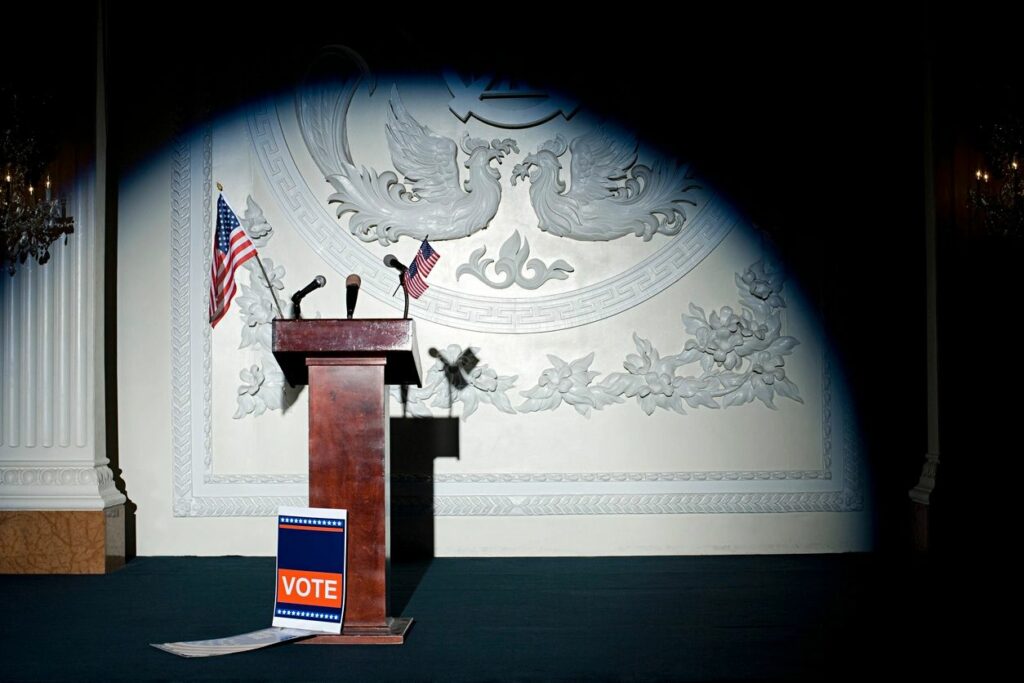“Good investors gather information, put that information into current and historical context, then make sound decisions.”

August has been a bumpy month. There have been three days, the 5th, the 14th, and the 23rd, when major market indexes declined sharply. On the 5th the Russell 3000 Index fell -3.7%, then recovered completely over the next three days. On the 14th the Russell 3000 Index fell -2.9%, then recovered completely over the next three days. Last Friday’s decline for the Russell 3000 Index was -2.5% and that index is up almost +1% as of noon today. Each of the sell-offs were triggered by trade war announcements, specifically by either China or the U.S. and were quickly followed by comments that the situation was improving.
That being said, the Russell 3000 Index is still up +14.91% YTD as of Friday’s close. The S&P 500 Index is up +15.08%, and the Dow Jones Industrial Average is up +11.64%. Institutional investors are still hedging their bets, which is best illustrated by the two primary consumer spending indexes. The S&P Composite 1500 Consumer Discretionary Sector Index is up + 16.92%. The more defensive S&P Composite 1500 Consumer Staples Sector Index is up +18.58%. This is of particular interest since consumer spending drives 2/3 of the U.S. economy, which continues to slowly expand. In spite of the news headlines, the train has not left the tracks.
The trade war is now down to two primary players, China and the U.S., the two largest economies in the world. It has become quite a show, because China doesn’t play fair, and the U.S. is playing rough for the first time in decades. The upcoming U.S. elections may prove to be a catalyst for both sides. Should there be a resolution to the conflict prior to the election, U.S. equity markets could soar, bolstering the current administration’s reelection case. On the other hand, China could chose to wait and see if they will be negotiating with a new team. That holds considerable risk for China because, should Trump get another four years, the U.S. could come back to the table even more rough and tough.
In the meantime, domestic major market indexes remain in a rather comfortable trading range. In addition to the positive numbers quoted earlier, the NASDAQ Composite Index is up +17.67% YTD, driven by the technology sectors. The S&P Composite 1500 Information Technology Sector Index is up +25.20%. On the defensive side of the table, the Dow Jones US Real Estate Index is up +23.62% YTD, and the Dow Jones Utilities Average is up +19.15%, another indication of the institutional hedging on U.S. equities.European equity markets also continue to hold their ground, with the MSCI Europe Index now up +9.23% YTD.
An even bigger indication of the institutional balancing act is the positive action in the bond markets. The Bloomberg Barclays U.S. Aggregate Bond Index is up +8.87% YTD. That’s pretty impressive when matched up with the strong U.S. equity performance. As stated last month, the bond market could be a significant source of money for further stock market moves should institutions start rotating assets from bonds to stocks. The Bloomberg Barclays U.S. Corporate High Yield Bond Index is up 10.46% YTD, and the Bloomberg Barclays Global Aggregate Bond Index is up +7.36% YTD.
Trading range markets are the most susceptible markets to current events and their headlines. We have seen ample evidence of that in August. The trading range support which was established early in June has not been threatened, and it appears that an even higher level of support has been established in August. Bottom line, we are still in a long-term Bull Market for U.S. equities. Institutional investors are long-term investors and very aware of the remaining potential for equity markets. The ‘noise levels’ will continue to be loud. Don’t listen.
Edward D. Foy, Manager, SELECTOR® Money Management
© 2019 Edward D. Foy